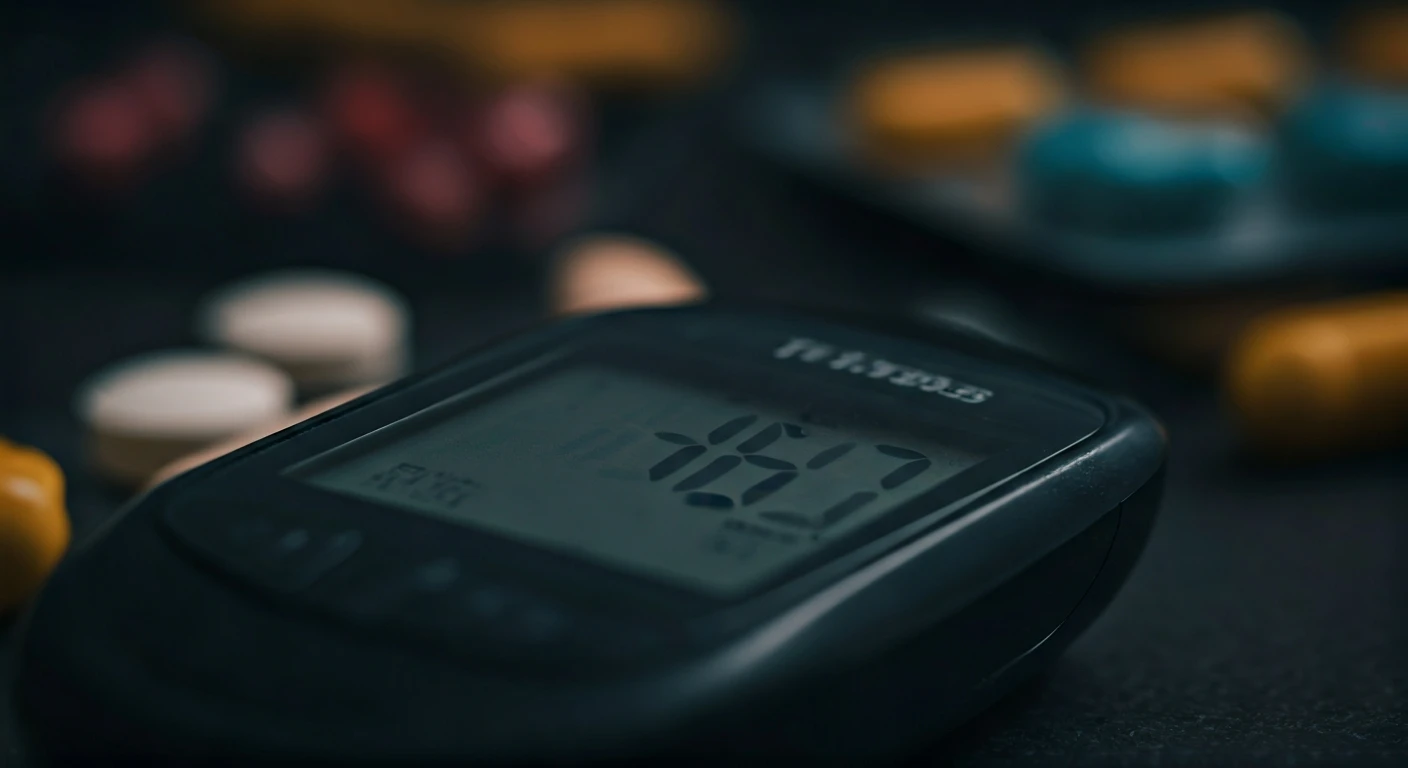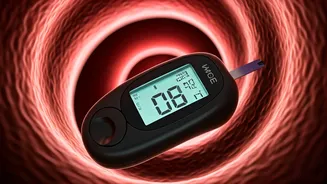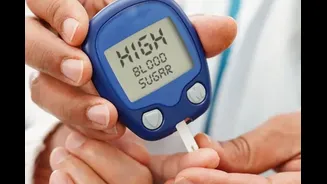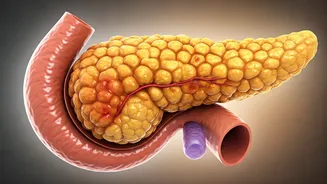Skin Darkening: A Clue
One of the earliest and most visible clues of prediabetes is acanthosis nigricans, which manifests as dark, velvety patches on the skin. These patches typically
appear around the neck, armpits, or groin. While these skin changes aren't inherently harmful, they often act as a significant signal, potentially indicating insulin resistance, a precursor to prediabetes. Recognizing this sign can prompt an early health assessment, leading to timely interventions and preventative measures. Addressing insulin resistance early can greatly reduce the risk of progressing to type 2 diabetes. So, a simple skin check can offer vital insights into your metabolic health.
Excessive Thirst, Urination
Elevated blood sugar levels often cause increased thirst and frequent urination. The kidneys work overtime to filter and remove the excess glucose, leading to dehydration. This results in a persistent urge to drink water and an increased need to use the restroom, even during the night. The body's attempt to regulate blood sugar causes these symptoms, which, if ignored, can lead to further health complications. Noticing this pattern in your daily routine is a key step towards seeking medical evaluation and potentially preventing the development of type 2 diabetes. Paying close attention to your body's signals is crucial for early detection.
Persistent, Unexplained Fatigue
Constant fatigue, even after adequate sleep, can be a symptom of prediabetes. If your body isn't efficiently using glucose, it can't convert it into energy. This results in glucose remaining in the bloodstream, leaving you feeling drained and sluggish. This metabolic inefficiency hinders your overall energy levels and motivation throughout the day. It’s important to address this issue promptly to prevent further complications. This feeling of exhaustion stems from the body's struggle to process and utilize glucose effectively. Recognizing this sign is critical for understanding the underlying health issue and seeking appropriate medical guidance.
Blurred Vision as Symptom
Changes in fluid levels due to high blood sugar can cause blurred vision. This occurs because the lenses in the eyes may swell temporarily, affecting focus. While many dismiss this as eye strain, frequent episodes warrant a blood sugar check. This vision change is a temporary effect of the body's altered internal environment. Regular eye exams and awareness of such symptoms are essential for managing health effectively. If you're experiencing blurred vision frequently, consult a doctor immediately. Addressing the root cause, such as prediabetes, can help maintain good eyesight and overall well-being.
Persistent Hunger Signals
Prediabetes can cause persistent hunger even shortly after eating. When the body can't effectively utilize sugar for fuel, cells still signal the need for energy. This leads to increased eating and, over time, potential weight gain, especially around the belly. This hunger cycle can be addressed through lifestyle changes and medical interventions. Recognizing the underlying cause of this hunger is essential for controlling and preventing potential weight-related issues. Understanding this connection can guide dietary adjustments and appropriate medical interventions to manage prediabetes effectively.
Slow Healing and Infections
Elevated blood sugar interferes with circulation and weakens the immune system, leading to slow healing and increased infections. Cuts and bruises may take longer to heal, and there may be a higher likelihood of skin, gum, or yeast infections. This reduced immune function highlights the importance of controlling blood sugar levels for overall health and well-being. Early detection and proactive management of prediabetes are critical in preventing these complications. Addressing these issues can improve your immune function and reduce the risk of infections. Managing prediabetes requires a holistic approach, including dietary modifications, regular exercise, and medical supervision.














